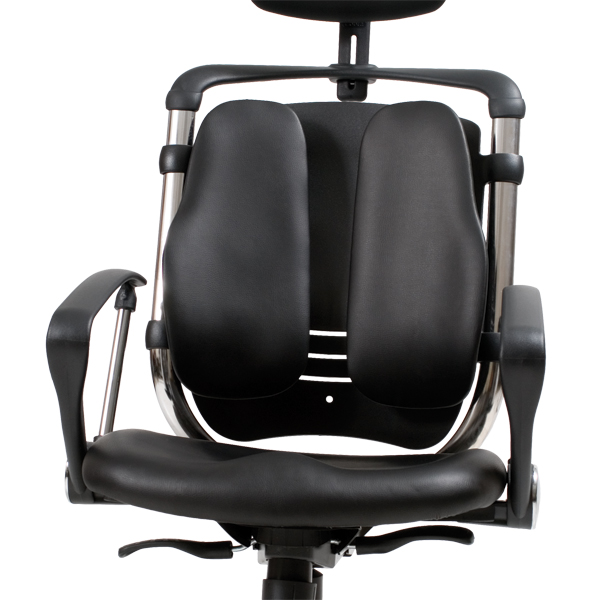

Schwab F, Lafage V, Patel A, Farcy JP (2009) Sagittal plane considerations and the pelvis in the adult patient. Eur Spine J Off Publ Eur Spine Soc Eur Spinal Deform Soc Eur Sect Cerv Spine Res Soc 7(2):99–103 Legaye J, Duval-Beaupere G, Hecquet J, Marty C (1998) Pelvic incidence: a fundamental pelvic parameter for three-dimensional regulation of spinal sagittal curves. Roussouly P, Gollogly S, Noseda O, Berthonnaud E, Dimnet J (2006) The vertical projection of the sum of the ground reactive forces of a standing patient is not the same as the C7 plumb line: a radiographic study of the sagittal alignment of 153 asymptomatic volunteers. Roussouly P, Gollogly S, Berthonnaud E, Dimnet J (2005) Classification of the normal variation in the sagittal alignment of the human lumbar spine and pelvis in the standing position. Eur Spine J Off Publ Eur Spine Soc Eur Spinal Deform Soc Eur Sect Cerv Spine Res Soc 20(Suppl 5):572–577.

Mac-Thiong JM, Roussouly P, Berthonnaud E, Guigui P (2011) Age- and sex-related variations in sagittal sacropelvic morphology and balance in asymptomatic adults. Mac-Thiong JM, Roussouly P, Berthonnaud E, Guigui P (2010) Sagittal parameters of global spinal balance: normative values from a prospective cohort of seven hundred nine Caucasian asymptomatic adults. Postural characteristics of the lower back system in normal and pathologic conditions. J Spinal Disord Tech 18(1):40–47ĭuring J, Goudfrooij H, Keessen W, Beeker TW, Crowe A (1985) Toward standards for posture. This could be a new controversial aspect of ideal spinal balance.īerthonnaud E, Dimnet J, Roussouly P, Labelle H (2005) Analysis of the sagittal balance of the spine and pelvis using shape and orientation parameters.

Whereas most asymptomatic adults stood with C7PL behind the hip axis, a sizeable portion had C7 in front of the hip axis. Type 3 AP appears as a new and unusual sagittal shape with low-grade PI, very low or negative PT, and hyperlordosis. ConclusionĪlthough asymptomatic adults stood with stable global balance, the sagittal spinal alignment of healthy subjects, newly divided in 5 sagittal types, varied significantly. C7PL ratio was >1 (in front of the hip axis) in 13% of all cases, and between 0 and 1 (between sacrum and hip axis) in 49%. Comparison between the five types of the Roussouly classification used Student, ANOVA, and Tukey tests for quantitative variables and χ 2, Fischer, and Holm tests for qualitative variables. Pelvic incidence (PI), sacral slope (SS), pelvic tilt (PT), and the lumbar parameters lumbar lordosis (Global LL), lordosis tilt angle (LTA), total number of lordotic vertebra (LL verteb), and C7 plumbline/sacrofemoral distance ratio (C7PL ratio) were evaluated in 296 healthy volunteers (126 males, 170 females mean age, 27 years range 18–48 years). The aim of this prospective radiographic study of 296 asymptomatic adults without spinal pathology was to investigate how the Roussouly classification could include the anteverted pelvis concept. In addition, no study investigated the radiographic features of asymptomatic patients with an anteverted pelvis. Although the Roussouly classification of common variants in spinal sagittal alignment is well accepted, no studies have implemented it in an asymptomatic adult population.


 0 kommentar(er)
0 kommentar(er)
